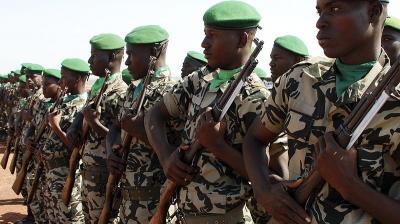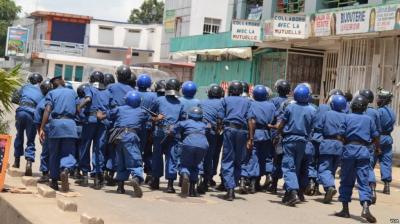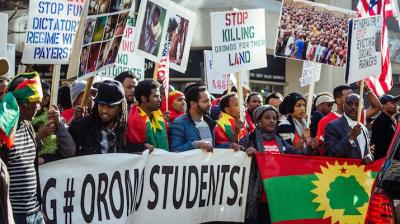Burundi blues: the road to violence & back
This article presents an analysis of Burundi's protracted crisis and what the international community can do in response. Re-engagement with the moderate elements of Burundi's ruling party is the only way out for the moment.
In 2015, Burundi descended into political turmoil and bloodshed not seen since the end of its civil war. It joined ranks with Mali and South Sudan as another case of post-conflict recovery that was based more on hope than reality. Mirroring events
in the DR Congo, Uganda and Rwanda, the politics and legality of the candidature of President Pierre Nkurunziza for a third mandate dominated the year. He and his inner circle co-opted, intimidated and killed to suppress popular protests, political
opposition parties, the media and dissent within Burundi’s ruling party itself (the Conseil National Pour la Défense de la Démocratie – Forces pour la Défense de la Démocratie (CNDD-FDD). President Nkurunziza’s new mandate was ultimately realised at the cost of about 1,200 fatalities and 450,000 refugees. It likely is only the beginning of further instability.
The international community’s diplomatic and developmental responses can be summarised as ‘too little, too late’. International understanding of both the political strategy and the internal divisions of the ruling party has been woefully inadequate. As a result, some international responses to the country's protracted crisis have not been adequately thought through, for example the EU's article 96 decision. The international community must urgently re-engage the ruling party and consider increased support for selected legislative, judicial and administrative institutions via international (civil society) organisations. The aim is to empower remaining moderate political forces in the country as much as possible.






